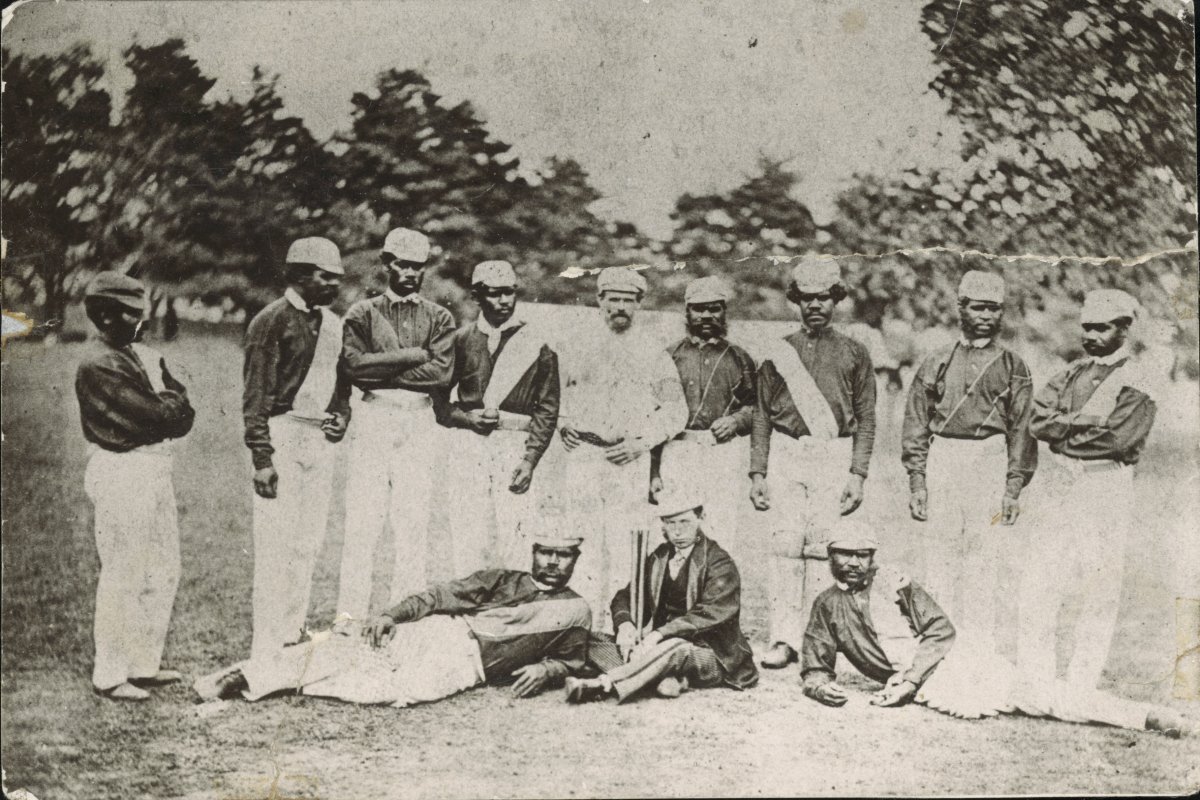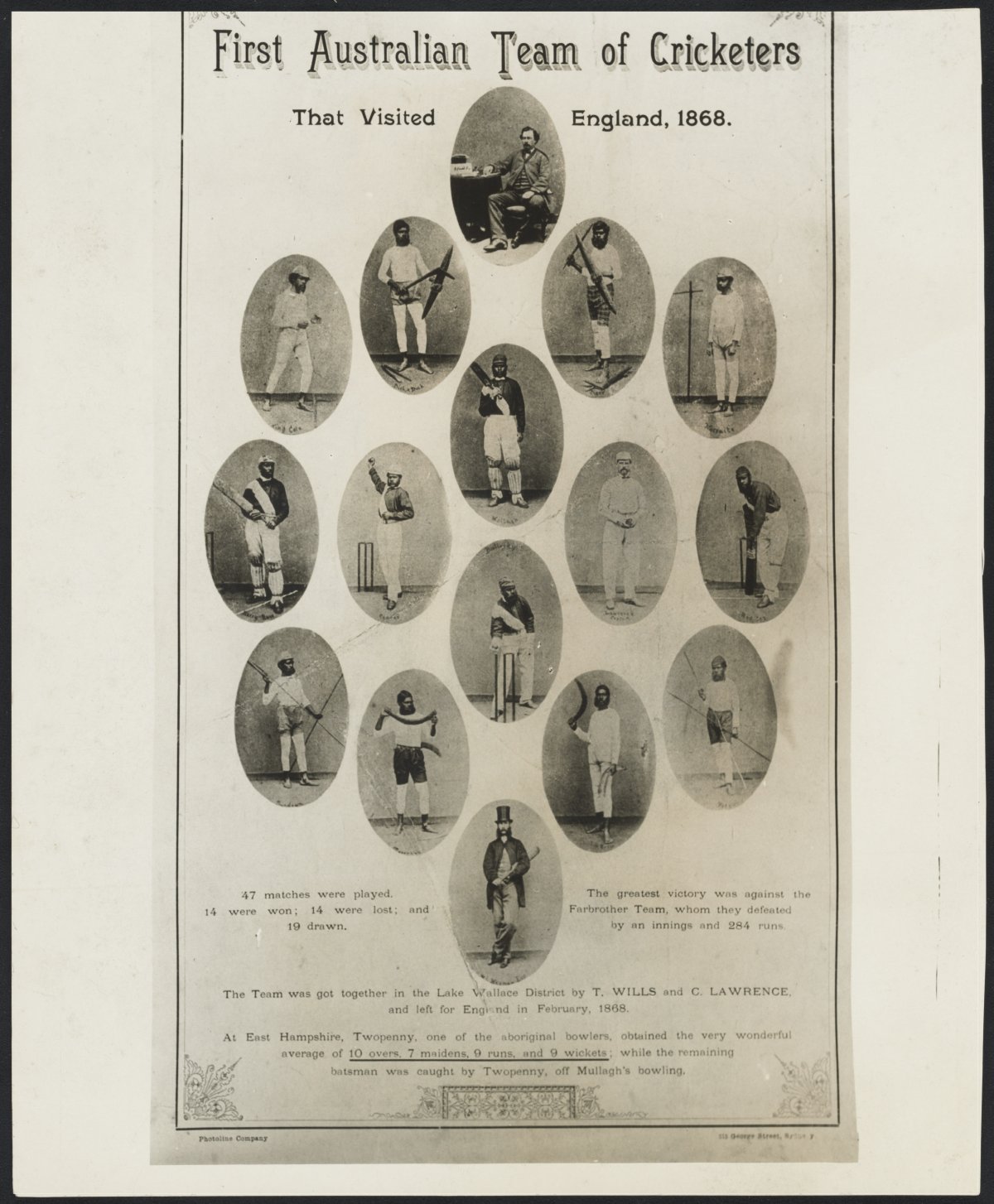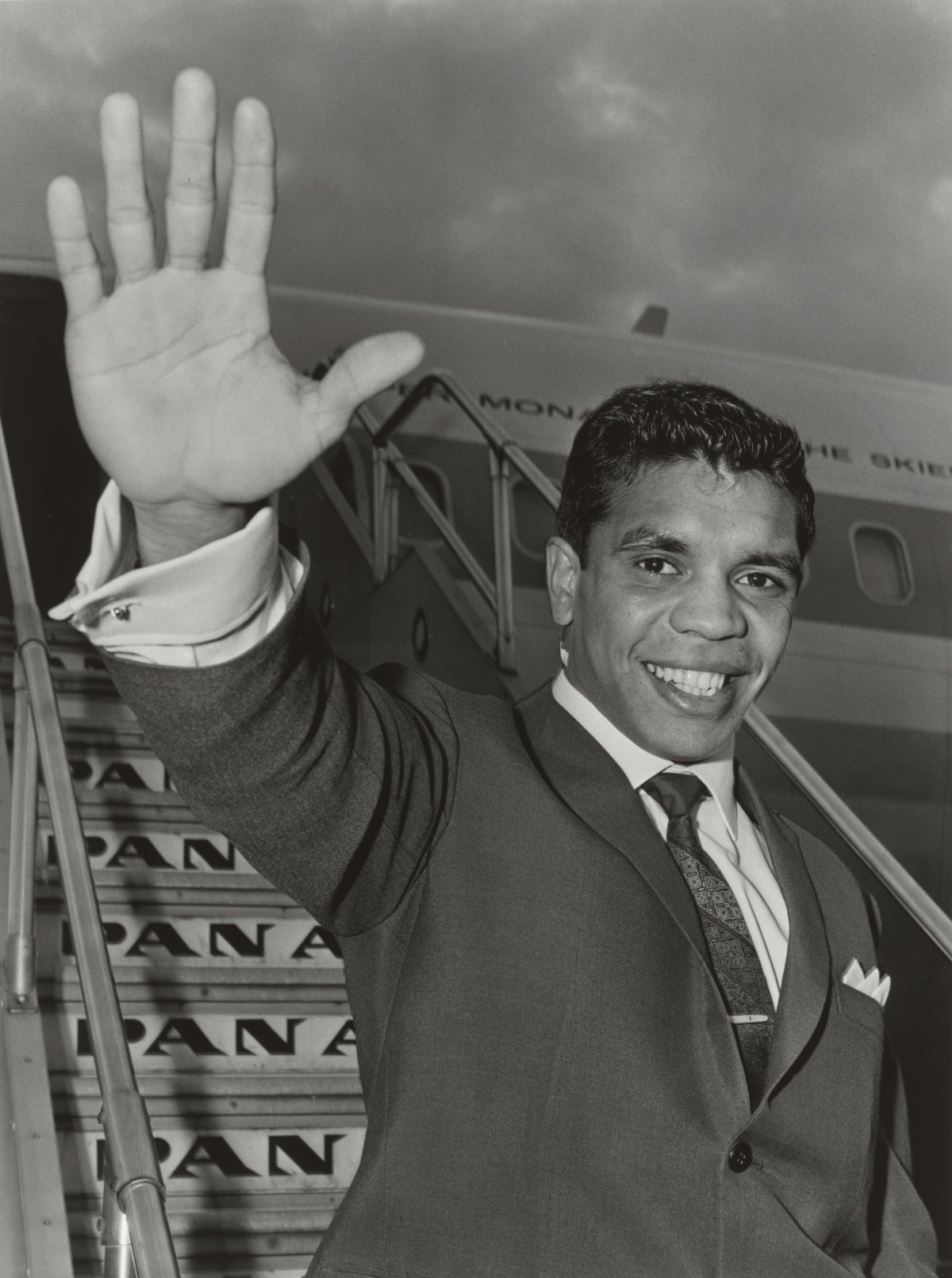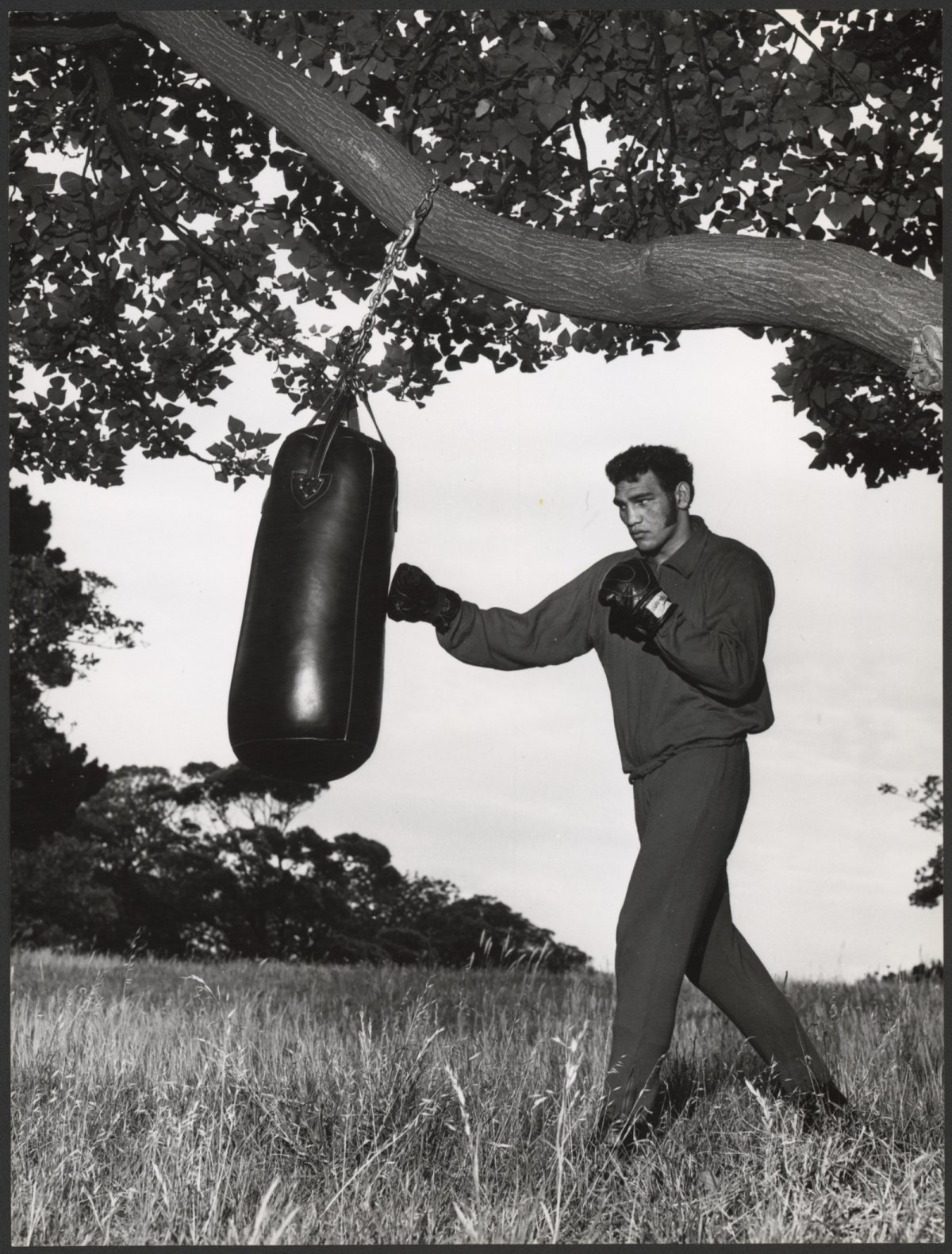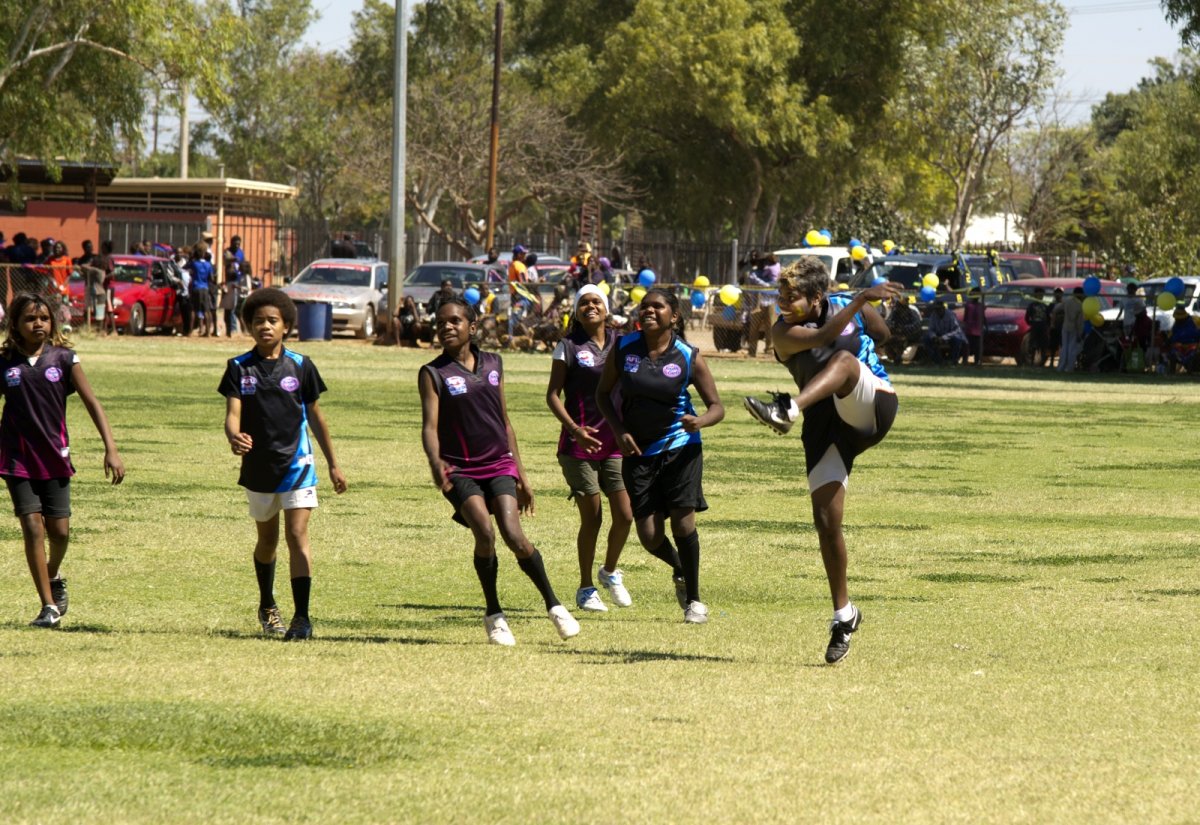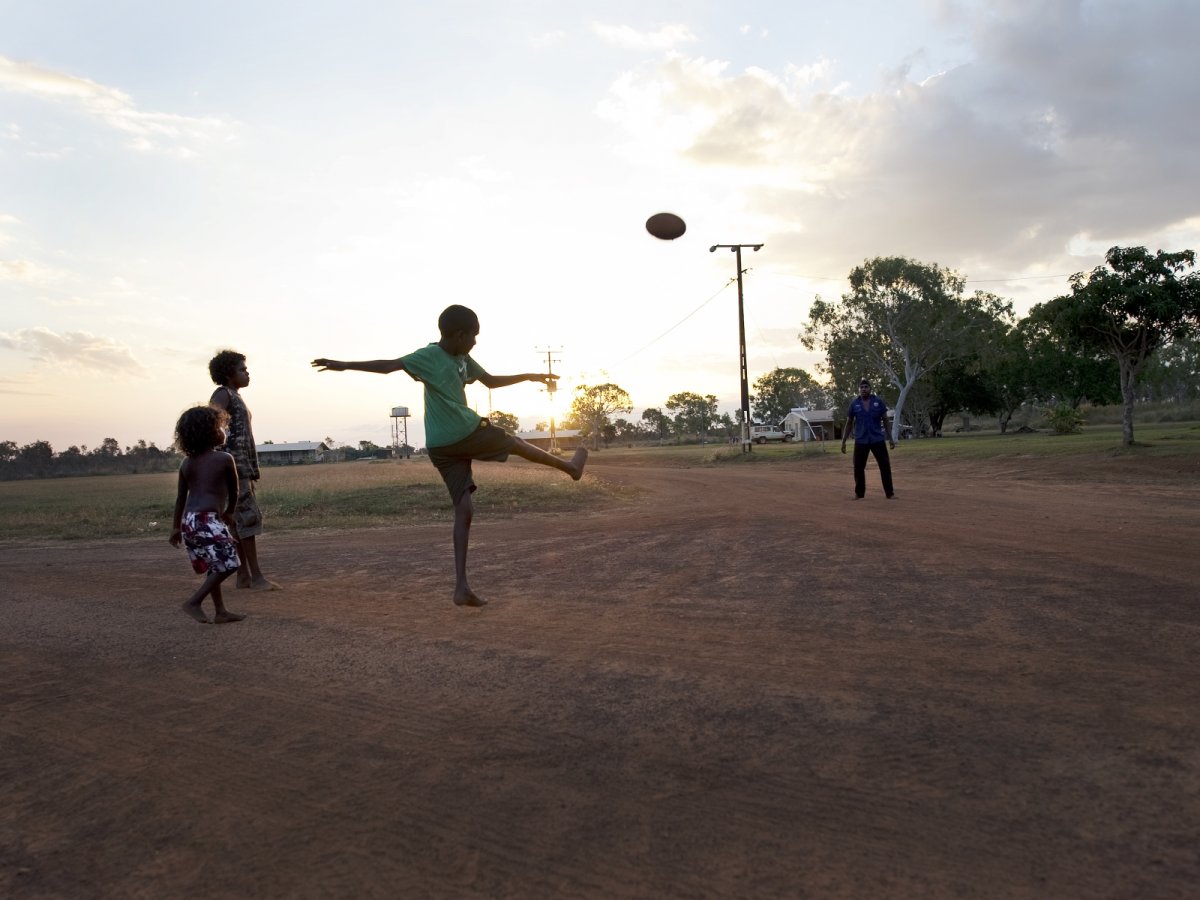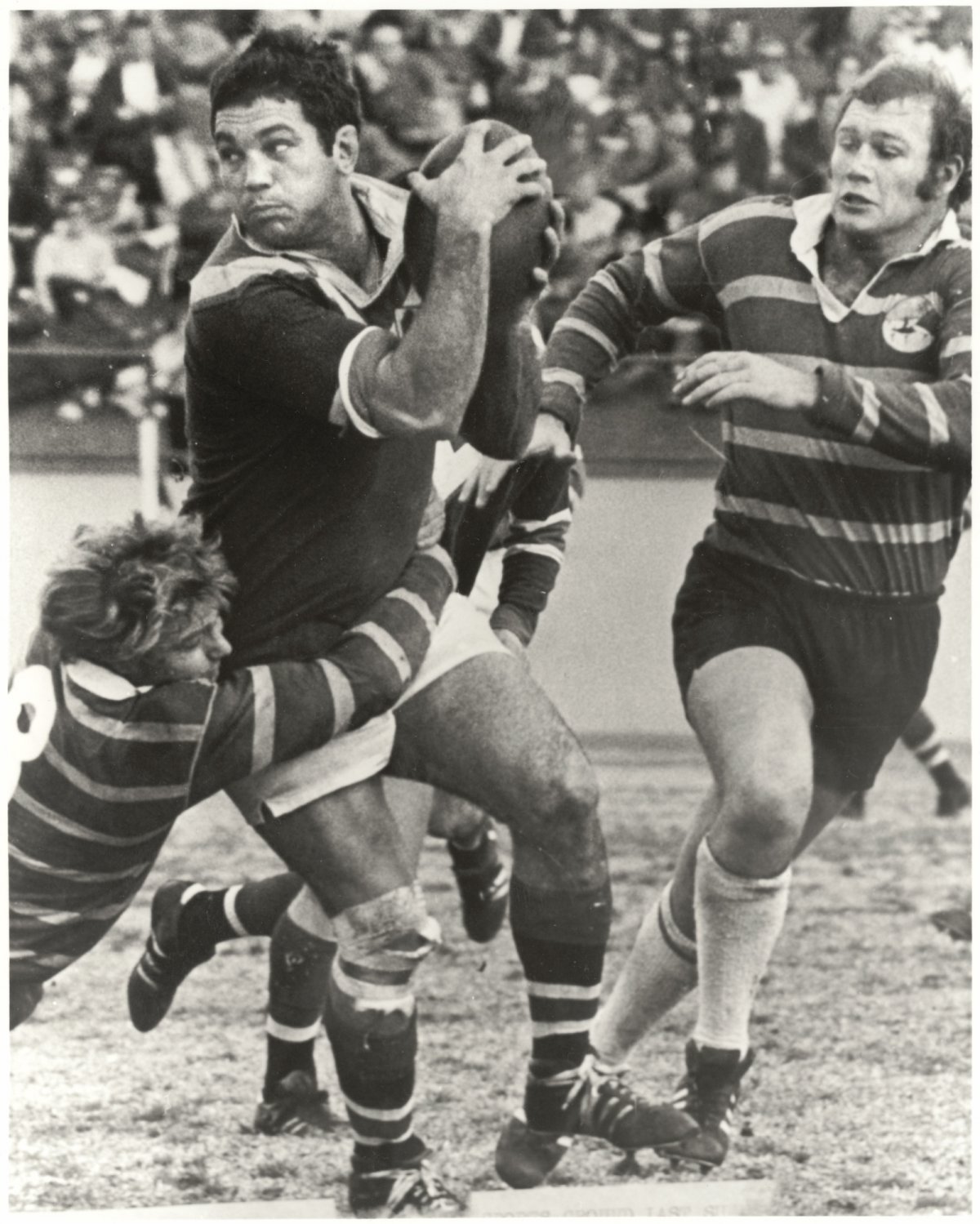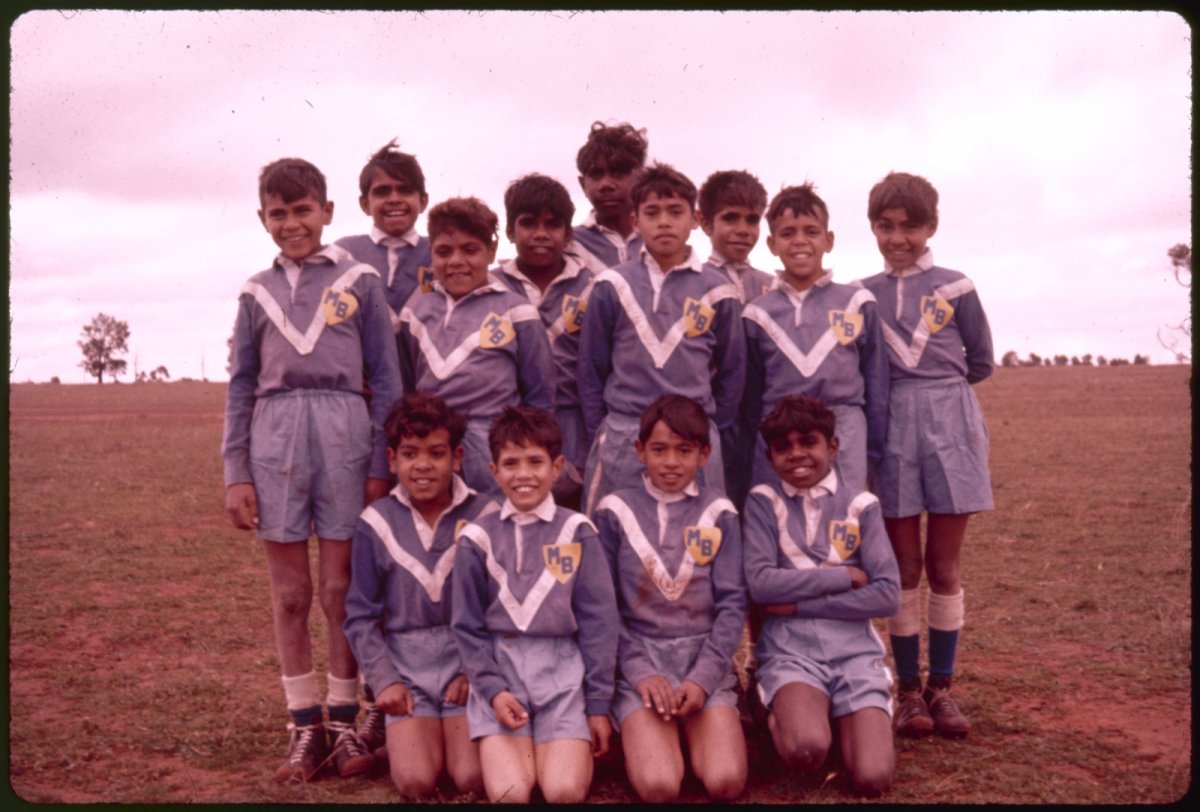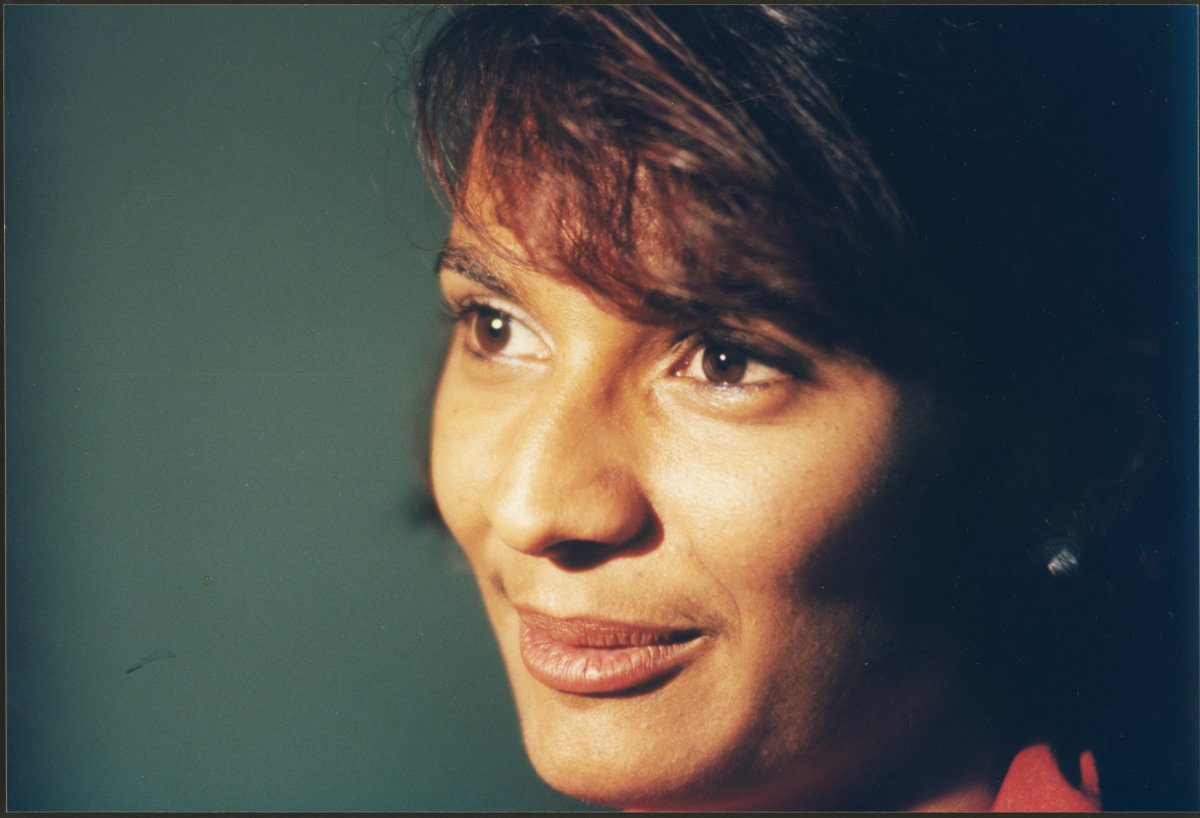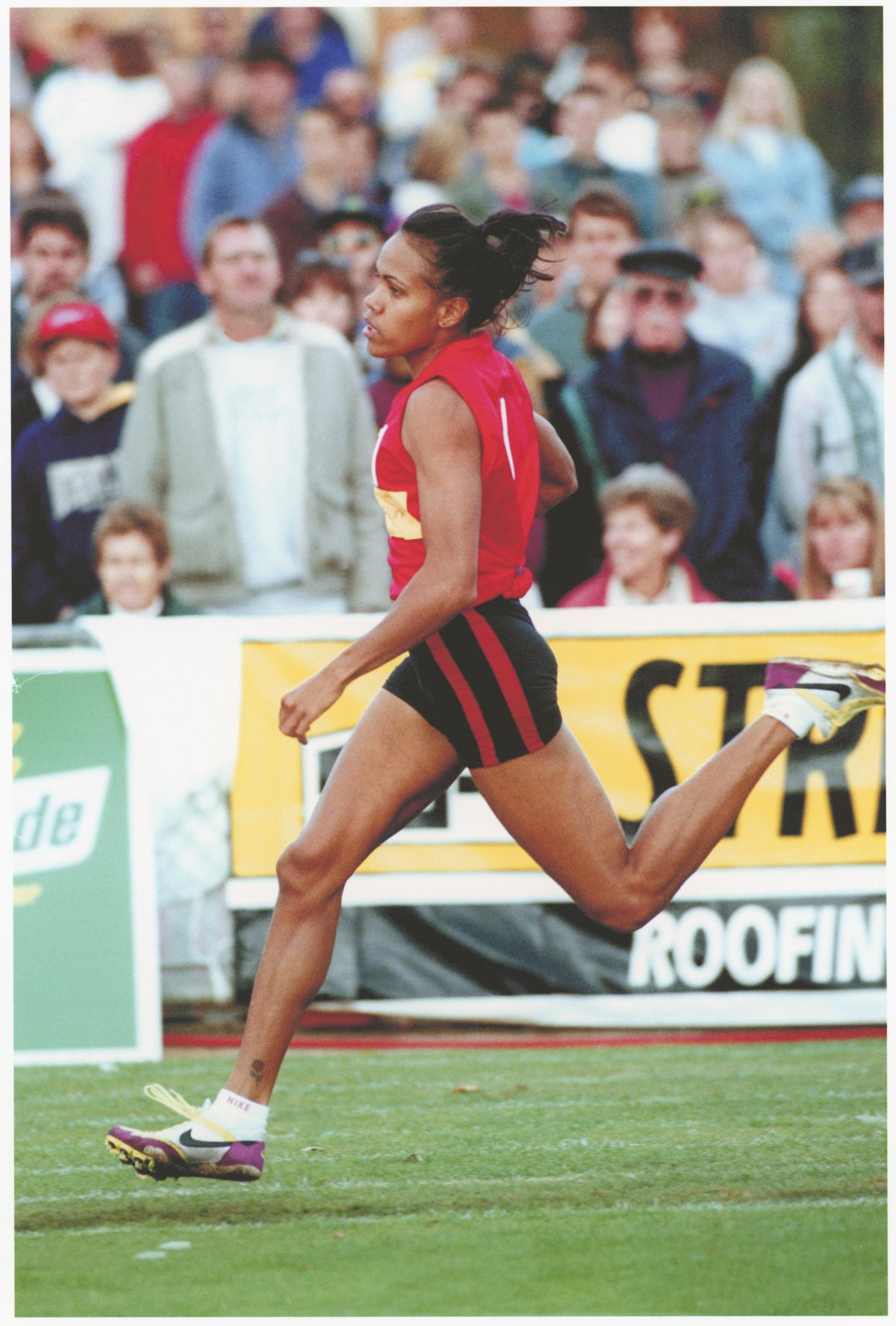Cricket
The first Australian cricket team to tour overseas was an Aboriginal one. In 1868, an informal side was gathered from players in western Victoria, and its pronounced athleticism (as demonstrated by high jumps and the throwing of cricket balls, spears and boomerangs as accompaniments to the actual matches) delighted English crowds. Wearing individual colours for identification, and bearing such nicknames as Dick-a-Dick, Sundown and Twopenny, they took on English sides containing the likes of the Earl of Coventry and Viscount Downe. The team played 47 matches over four months, winning 14 games, losing the same number, and drawing 19. Some contemporary critics saw the tour as a clear case of financial exploitation, condemning it for an overly demanding schedule, which exposed the players to illness.
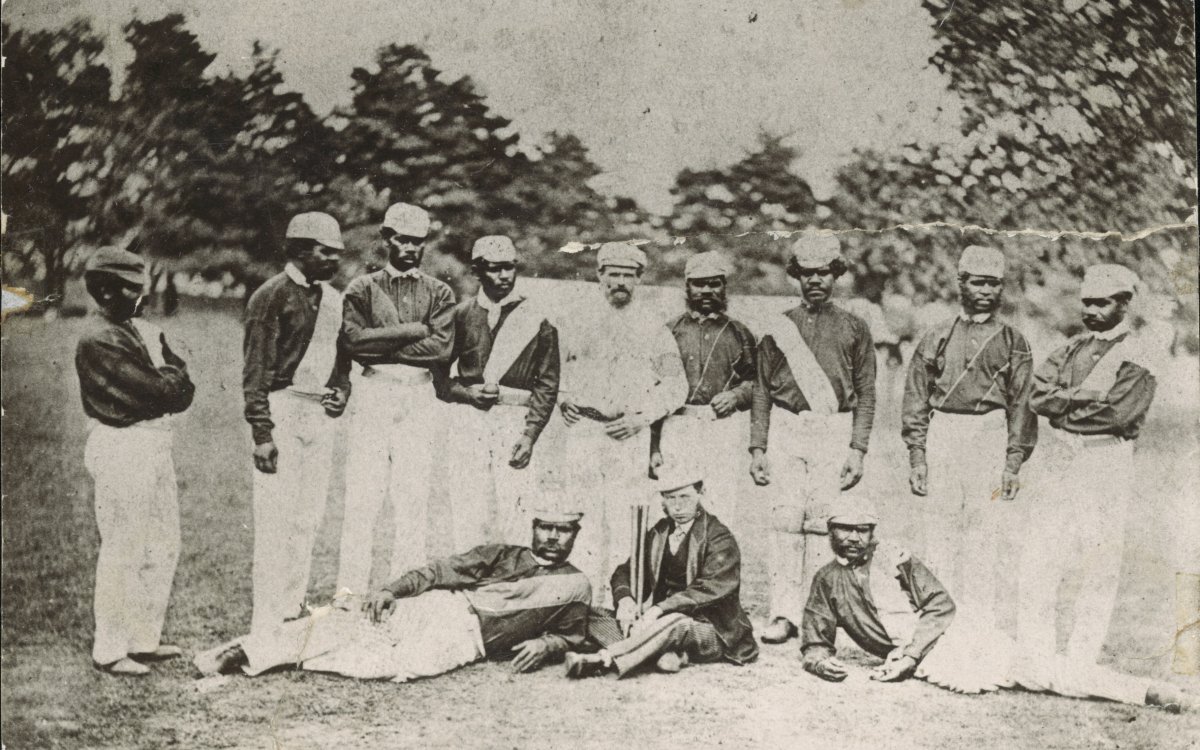
(1868). Aboriginal Australian cricketers with C. Lawrence & W. Shepherd as Manager and Captain, England, 1868 [picture]. http://nla.gov.au/nla.obj-136410831
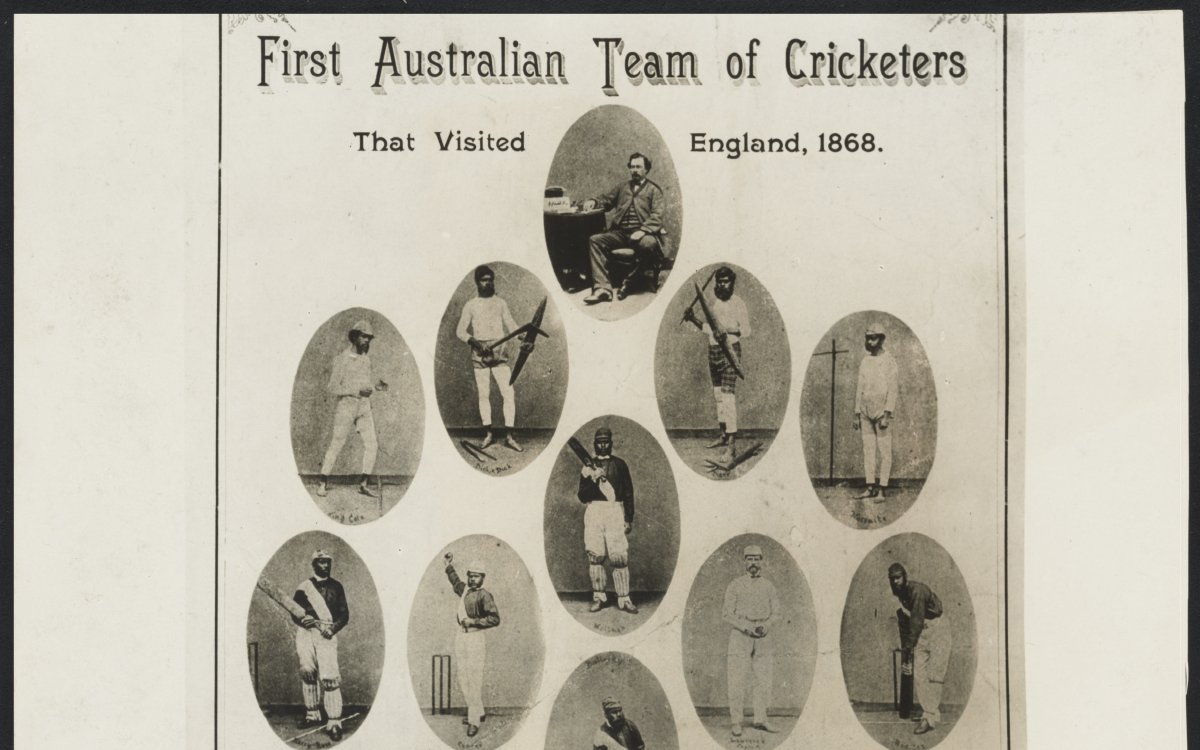
Photoline Printing Co. (1915). First Australian team of cricketers that visited England, 1868 [picture]. https://nla.gov.au/nla.obj-141855333
Boxing
Boxing has always been a way for disadvantaged people to improve their lot. For Indigenous people in Australia, sport provided a way to level the playing field and compete as equals inside the ring or on the field. Sporting success offered the possibility of financial reward and broad social acceptance far above that which might be otherwise available.
This was particularly evident by the late 1960s, when huge crowds greeted 19-year-old Lionel Rose after his upset victory over world bantamweight champion ‘Fighting’ Harada in Tokyo. No Australian sporting star had ever been afforded the sort of welcome given to Lionel Rose when he returned to Melbourne with the title. At a time when Indigenous Australians were just starting to find a voice, his success spoke volumes.
Rose became the first Indigenous Australian to win a world boxing title and to be named Australian of the Year. These were impressive accolades for a young Aboriginal man in a country that had only just voted to include its Indigenous peoples in the census.
The success of Lionel Rose in the late 1960s opened doors for other Indigenous people. He became an idol and exemplar to tennis player Evonne Goolagong and to Olympic athlete Cathy Freeman, as well as to other notable Aboriginal fighters: Hector Thompson; father and son boxers Tony and Anthony Mundine; Lionel’s old friend Baby Cassius Austin; slugger Steve Dennis; wily Wally Carr; slick Pat Leglise; world champions Robbie Peden and Daniel Geale; and London Olympians Damien Hooper and Cameron Hammond.
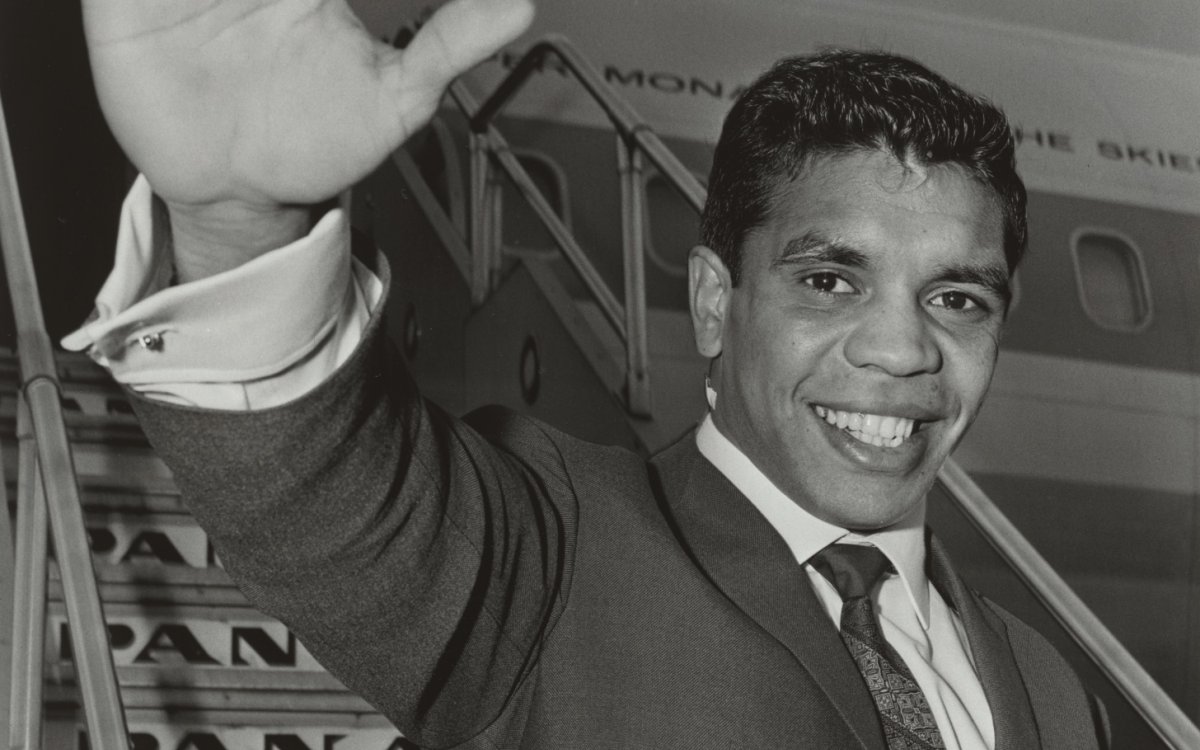
Bishop, Mervyn, 1945-. (2014). Lionel Rose, world champion Bantamweight boxer before departing to the United States to defend his title, Sydney Airport, 1968 / Mervyn Bishop. http://nla.gov.au/nla.obj-153508974
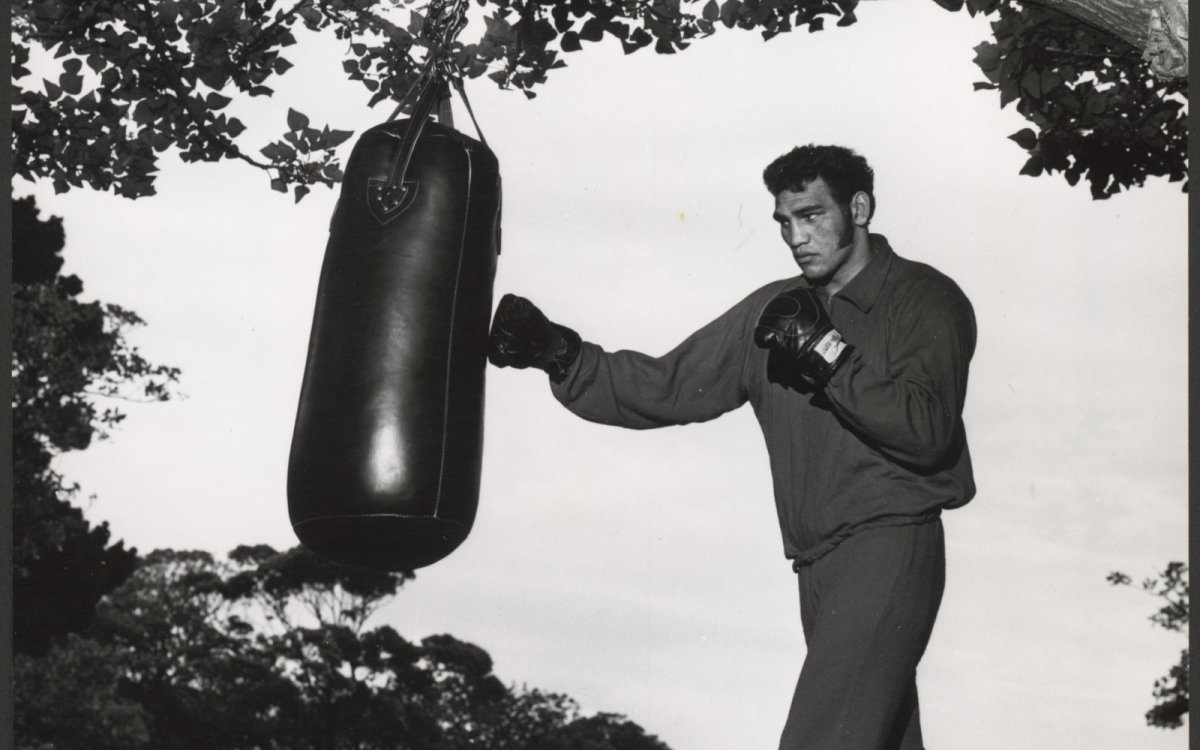
McQuillan, Ern, 1926-2018. (1971). Tony Mundine training in Centennial Park, Sydney [picture] / Ern McQuillan. http://nla.gov.au/nla.obj-137195577
Football Codes
Australian Rules
Alleged to have evolved from Gaelic football under the influence of Victoria's large Irish population, the first loosely ruled Australian football match was played between Melbourne Grammar and Scotch College at old Richmond Park in 1858. Like many sports, it sought to extend its scope beyond its original Victorian stronghold, with successful leagues established in South Australia, Western Australia and Tasmania from Federation. The onslaught northwards across the border into traditional rugby territory continued with the founding of successful teams in Sydney and Brisbane.
In recent decades, there has been some speculation around the origin of AFL. While many believe that the game evolved either from Gaelic football or earlier rugby-like games, there is a growing movement that believes AFL is descended from the Aboriginal sport known as Marn Grook.
An eye-witness account from Robert Brough Smyth, a geologist in 1878, describes a game being played by Aboriginal people east of Melbourne:
"The men and boys joyfully assemble when this game is to be played. One makes a ball of possum skin, somewhat elastic, but firm and strong ... The players of this game do not throw the ball as a white man might do, but drop it and at the same time kicks it with his foot, using the instep for that purpose ... The tallest men have the best chances in this game ... Some of them will leap as high as five feet from the ground to catch the ball. The person who secures the ball kicks it ... This continues for hours and the natives never seem to tire of the exercise."
A leading theory about the Indigenous influence on AFL is that Tom Wills, the man credited with pioneering the code, was inspired by the game of Marn Grook while he was a child. He grew up in the Western District of Victoria and was the only non-Aboriginal child in the region. He grew up playing and taking part in sports with local Aboriginal children and was said to be fluent in the local dialects. This close association and possible exposure to local ball games could have been highly influential on Wills. However, other historians argue that there is little evidence to suggest Marn Grook or similar sports were played by the people in this region.
The debate about the origin of AFL is still ongoing. Meanwhile, Marn Grook features heavily in AFL and Indigenous culture, with teams competing for the Marngrook Trophy at the end of the home and away season.
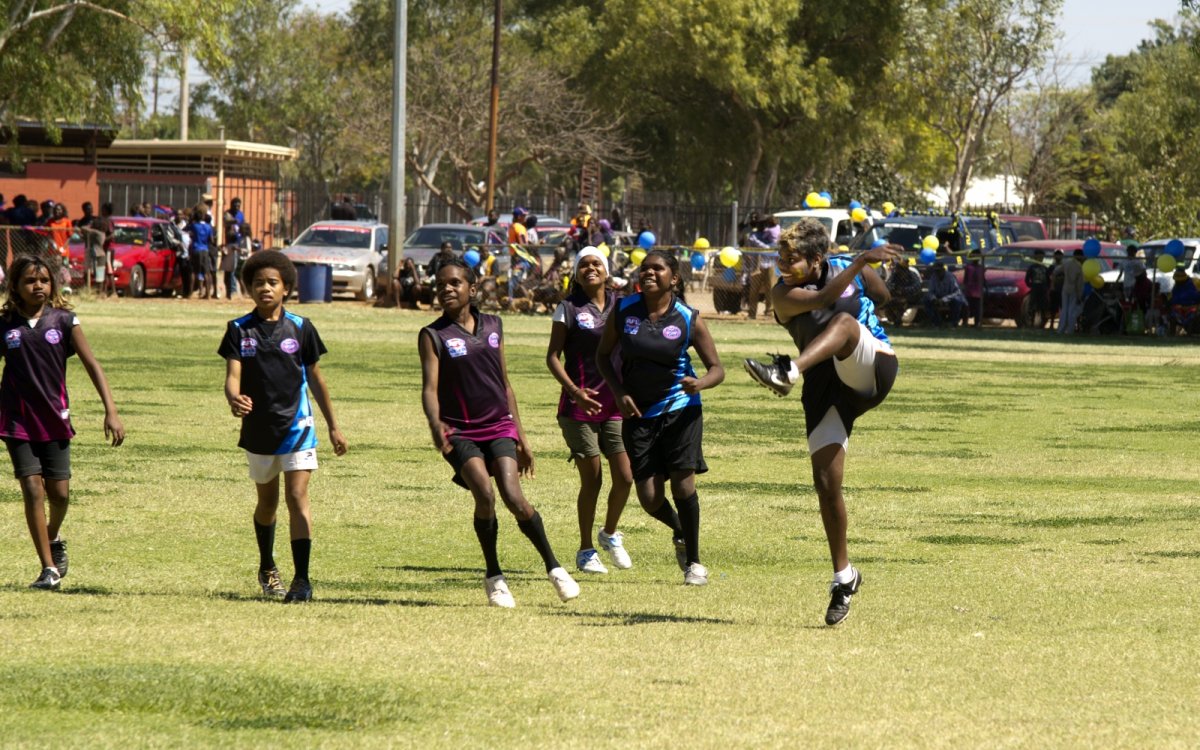
Clark, Darren, 1967-. (2011). The Stronger Sisters playing football at the Tennant Creek football Grand Final, 2011 / Darren Clark. http://nla.gov.au/nla.obj-152960442
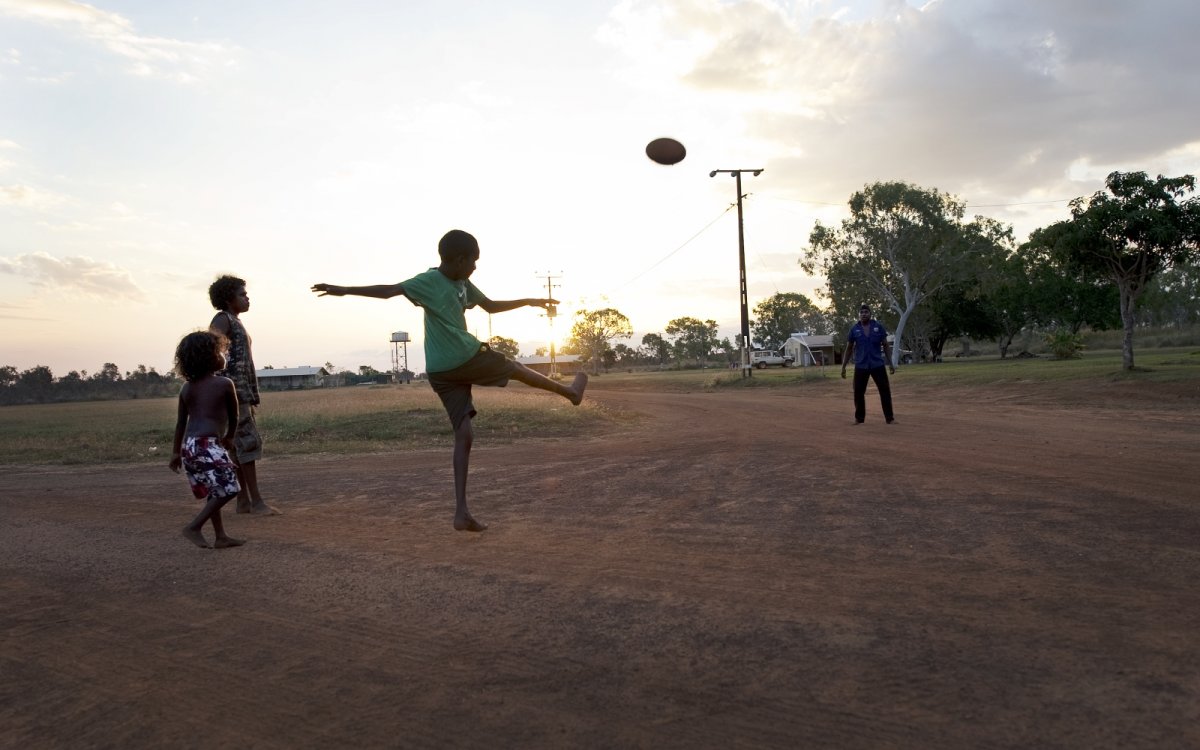
Clark, Darren, 1967-. (2010). Aboriginal children playing football, Wudikapildiyerr outstation, Daly River, Northern Territory, 25 June 2010 [picture] / Darren Clark. http://nla.gov.au/nla.obj-152235728
Rugby League
There is a long tradition of Indigenous participation in Rugby League, which continues into the modern era. In 2016, the NRL surpassed all other football codes in Australia for Indigenous representation; 12% of players and 4% of staff identified as Aboriginal or Torres Strait Islanders.
There has been a successful all-Indigenous team since 1973. In just 10 days, the Indigenous All Stars won 7 of their 9 matches. They went on to win games against the only all-Maori New Zealand team. Since 2010, a Rugby League All Stars match is played each year between the Indigenous All Stars, and the non-Indigenous NRL All Stars team. As of 2017, the Indigenous All Stars led the World All Stars with a 4–3 win/loss record.
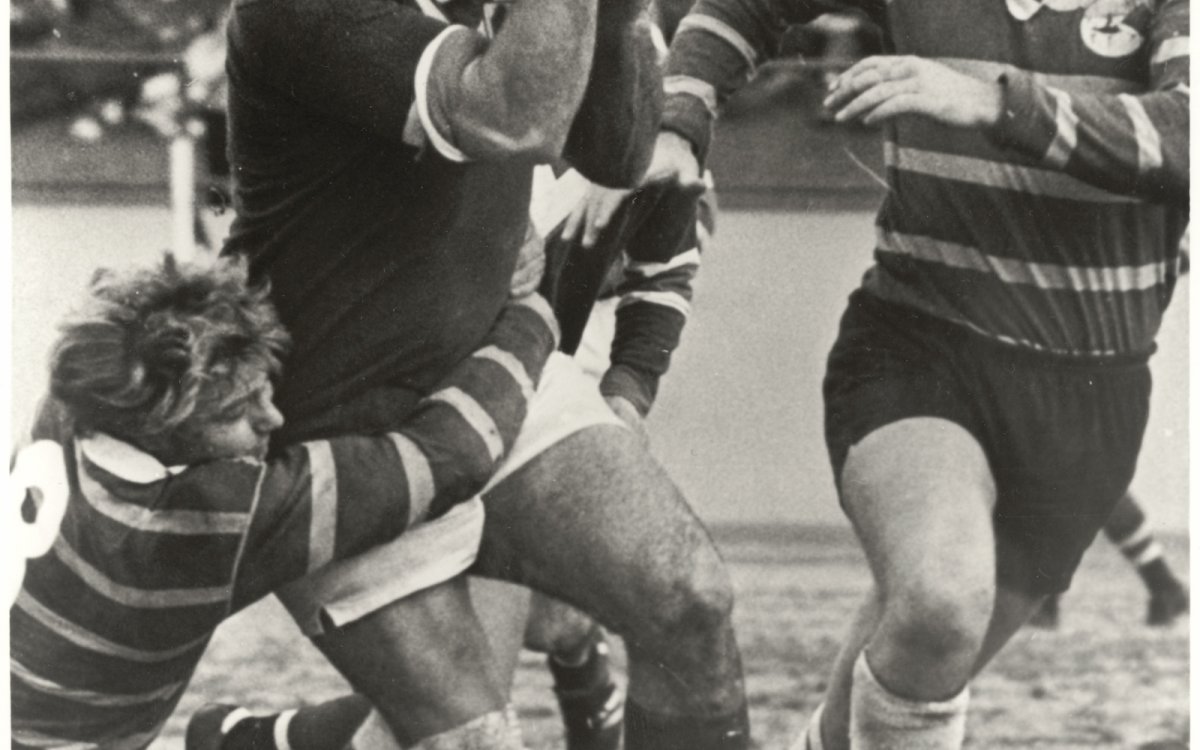
McQuillan, Ern, 1926-2018. Rugby League player, Arthur Beetson, looks for a team mate before passing the ball [picture] / Ern McQuillan. http://nla.gov.au/nla.obj-137092332
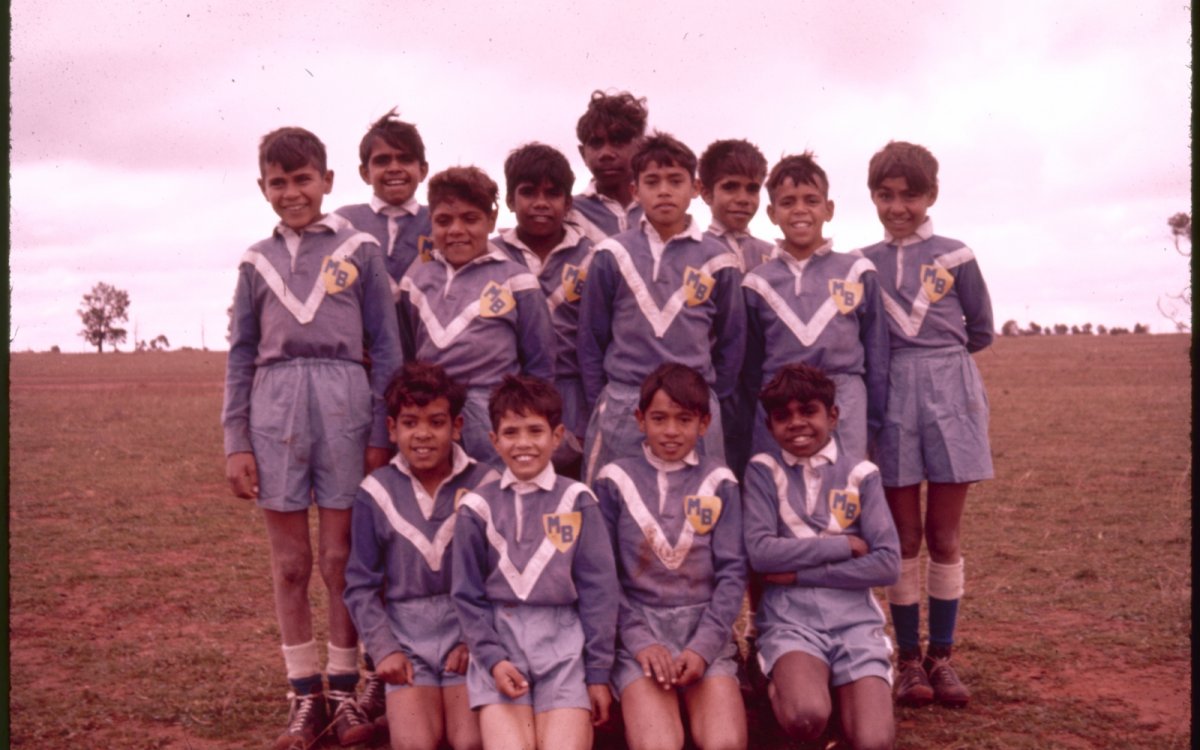
Wilding, Phil (Phillip Anthony), 1939-. (1961). Murrin Bridge 6 stone 7s football team, New South Wales, July 1961 [transparency] / Phil Wilding. https://nla.gov.au/nla.obj-151504425
Activities
Get Involved
Sport, like many pastimes, can carry certain cultural baggage or social stigma. For many sports, active participation is easily accessible and welcome to all. However, some sports are very difficult to take part in due to huge start-up costs, access to facilities or social or cultural hurdles.
Consider some sports played in your school community/town/area. Rank them in order of their ease of access to all people.
Take into consideration:
- the cost of team membership
- equipment cost (do you have to buy it, can it be rented, does the team supply equipment for training, uniforms, etc.)
- travel time and travel costs.
Also factor in non-financial aspects, such as:
- time commitments
- chance of injury
- time off work
- cultural barriers
- gender differences.
This could be done as a class activity or students could work in small groups to research sports and approximate costs.
Consider the following:
- What are the most common barriers to entry into some sports?
- Can Australian sport be considered an equal playing field?
- Does it become easier or harder for some social groups to make it into professional-level sporting competitions?
- Why do a disproportionate number of Aboriginal and Torres Strait Islander people excel in sports such as Australian Rules football, Rugby League and boxing?
- What factors contribute to this involvement?
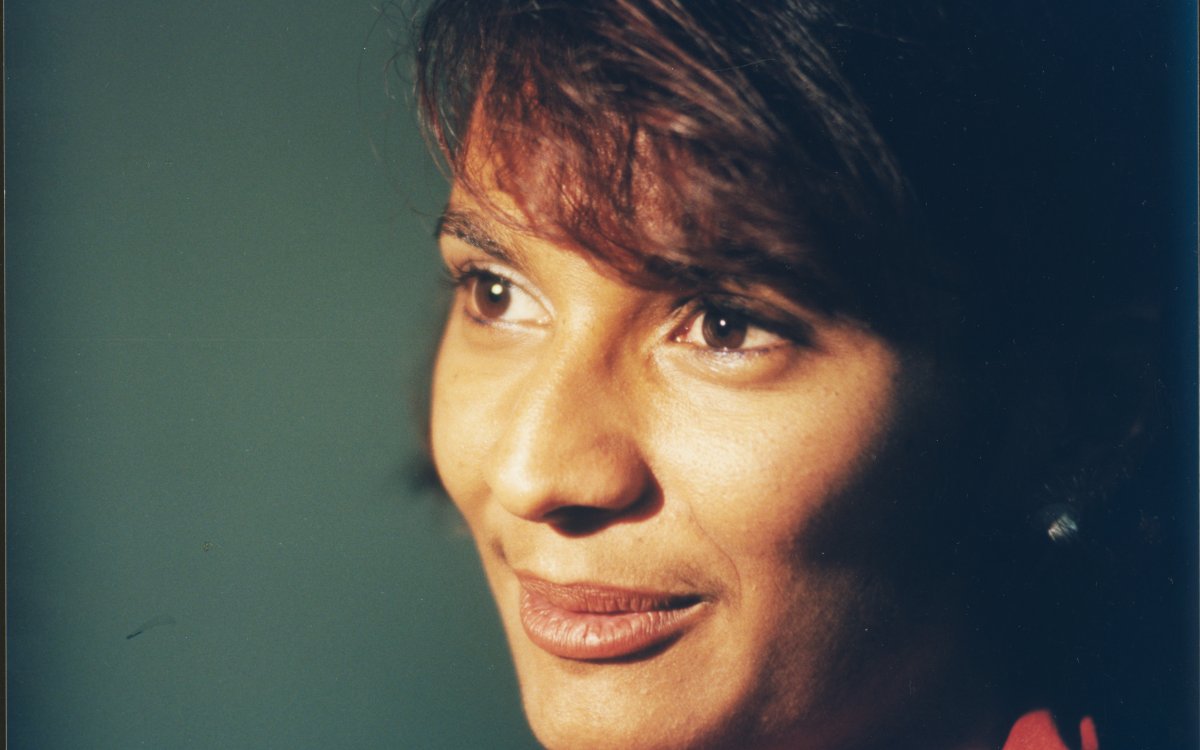
McNicoll, Dean. (1997). Olympic gold medallist hockey player Nova Peris, the 1997 Young Australian of the Year [picture] / Dean McNicoll. https://nla.gov.au/nla.obj-136380589
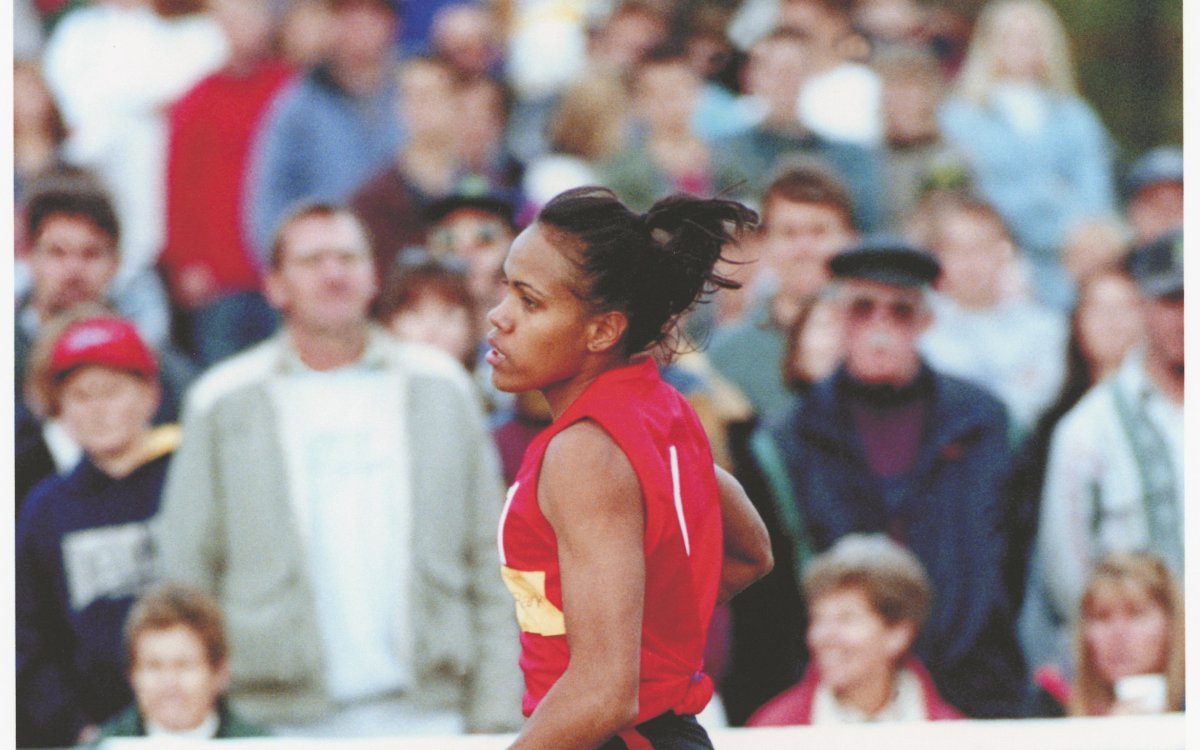
Postle, Bruce, 1940-. (1995). Cathy Freeman competing in the Australia Post 400-metre race at the Stawall Gift meeting, Victoria, Easter Monday 1995 [picture] / Bruce Postle. http://nla.gov.au/nla.obj-148399613
Map Game
Using a mapping tool like Google Maps, Scribble Maps or a large paper map, divide Australia into regions by most popular sport. Many places play more than one sport; students can either choose the most popular or indicate regions where sports overlap. As an extension, students could then consider demographic data (age, ethnicity, socio-economic status) and investigate if there is any correlation between this data and the spread of a particular sport.
- Consider:
- Do some regions play more than one sport?
- Do sport preferences change at different times of the year?
- Is sport preference impacted by geography?
- What influences the spread of sports in a single country?
- What sources can you use to find this information?
- How do we display data on maps?
